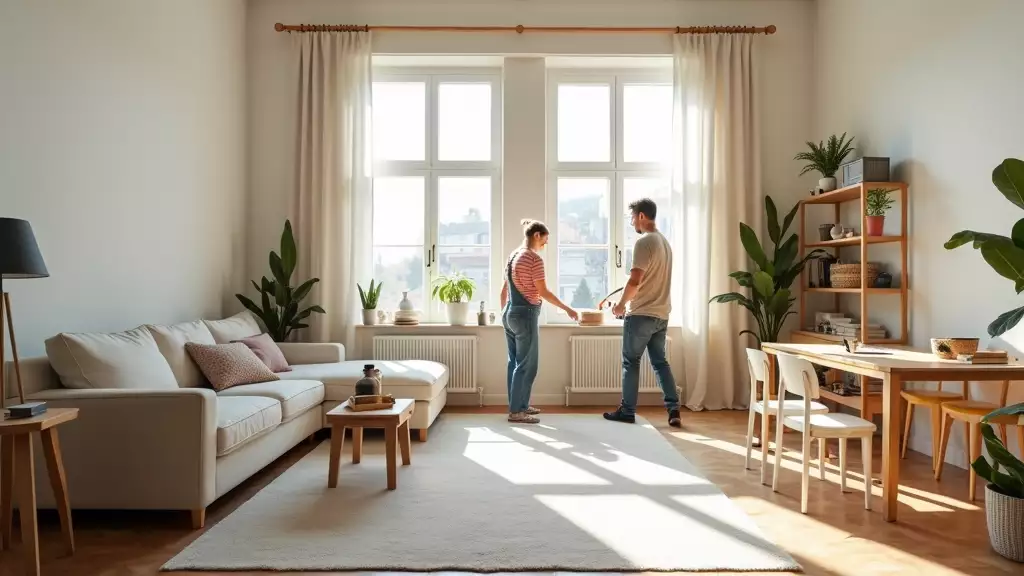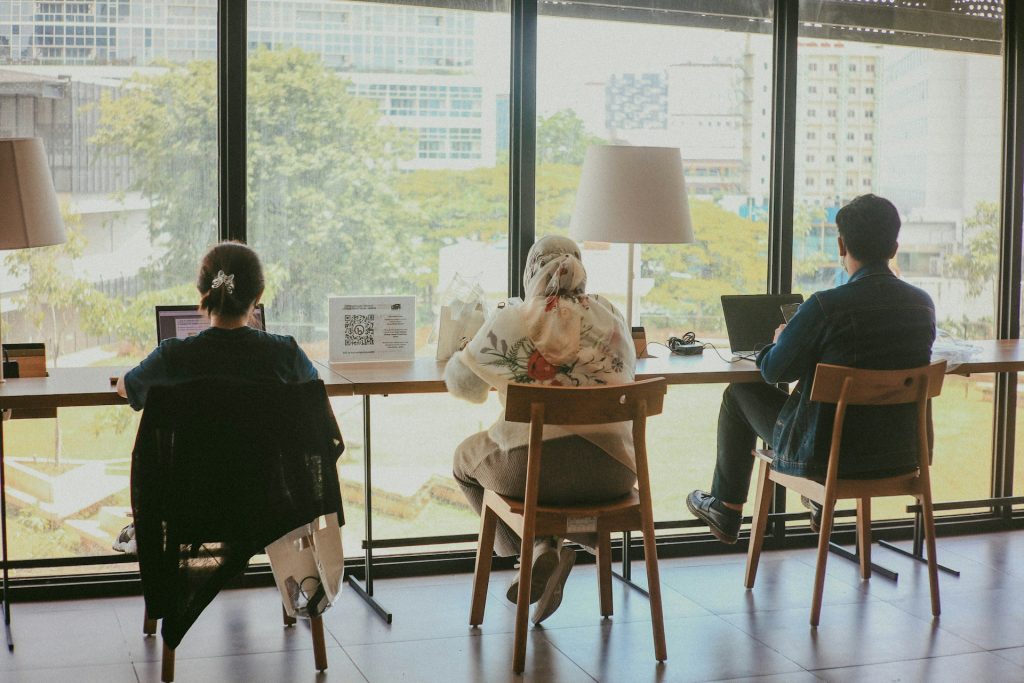Single post template v2

Transforming your home into a stylish and functional space doesn’t have to be overwhelming. With the right approach, you can create interiors that are comfortable, practical, and visually stunning. Here’s a comprehensive guide to redesigning your living spaces with flair.
1. Define Your Style
Before you start decorating, it’s important to identify your design style. Some popular options include:
- Minimalist: Clean lines, neutral colors, and uncluttered spaces.
- Scandinavian: Light tones, natural materials, and cozy textures.
- Industrial: Raw materials like metal and wood, exposed brick, and open spaces.
- Bohemian: Vibrant colors, eclectic patterns, and layered textiles.
Knowing your style helps guide furniture choices, color schemes, and décor elements.
2. Prioritize Functionality
A beautiful room is only effective if it works for your lifestyle. Keep functionality in mind:
- Multi-purpose furniture: Sofa beds, extendable tables, and storage ottomans.
- Efficient layouts: Ensure pathways are clear and spaces feel open.
- Ergonomic considerations: Chairs, desks, and beds should be comfortable and supportive.
Functionality and aesthetics should complement each other, not compete.
3. Experiment with Color and Patterns
Color and pattern breathe life into interiors. Tips for using them effectively:
- Use a neutral base for walls and large furniture.
- Introduce bold accents through cushions, rugs, or artwork.
- Mix patterns carefully—stripes, florals, and geometrics can work together if the color palette is consistent.
Remember: lighter colors make spaces feel larger, while darker tones add depth and intimacy.
4. Invest in Statement Pieces
A few standout pieces can elevate a room instantly:
- Furniture: A unique sofa, armchair, or dining table.
- Lighting: Chandeliers, pendant lights, or artistic floor lamps.
- Art and décor: Large paintings, sculptures, or wall installations.
Statement pieces draw attention and create focal points, giving your interiors personality.
5. Layer Lighting
Lighting impacts both mood and functionality:
- Ambient lighting: Ceiling fixtures or recessed lights for overall illumination.
- Task lighting: Desk lamps, reading lights, or kitchen under-cabinet lights.
- Accent lighting: Spotlights or LED strips to highlight décor or architectural features.
A well-lit room feels welcoming, functional, and visually dynamic.
6. Add Textures and Materials
Textures enrich interiors and make spaces feel cozy and engaging. Consider:
- Soft textiles: rugs, curtains, and cushions.
- Natural materials: wood, stone, rattan, and clay.
- Mixed finishes: matte, glossy, and metallic elements.
Combining textures adds depth and tactile interest to any room.
7. Greenery and Natural Elements
Plants are a simple yet effective way to enhance interiors:
- Small potted plants for tables and shelves.
- Hanging plants for visual interest in corners.
- Large statement plants to define spaces and bring life to the room.
Incorporate natural light wherever possible—it complements plants and improves overall ambiance.
8. Smart Storage Solutions
Clutter can quickly ruin the aesthetic of your interiors. Smart storage ideas include:
- Built-in shelves: Maximize vertical space while keeping floors clear.
- Hidden storage: Under-bed drawers, storage benches, and ottomans.
- Decorative organizers: Stylish baskets, boxes, and trays for small items.
Keeping things organized makes your space feel open and serene.
9. Mix Old and New
Combining vintage and modern pieces can create a unique, curated look:
- Pair a contemporary sofa with a vintage coffee table.
- Blend modern lighting fixtures with antique décor accents.
- Use old textiles or rugs to add warmth and character.
A mix of old and new adds personality and tells a story about your style.
10. Personal Touches
Ultimately, interiors should reflect your personality. Consider:
- Displaying personal artwork or photography.
- Incorporating souvenirs, books, or collectibles.
- Using custom pieces that are meaningful to you.
Personal touches make your home feel lived-in and welcoming, rather than a showroom.
Conclusion
Redesigning your interiors is an exciting opportunity to combine beauty and function. By defining your style, prioritizing functionality, layering textures and lighting, incorporating greenery, and adding personal touches, you can create spaces that inspire and comfort. Remember, interior design is an ongoing process—take your time, experiment, and enjoy creating a home that truly represents you.






